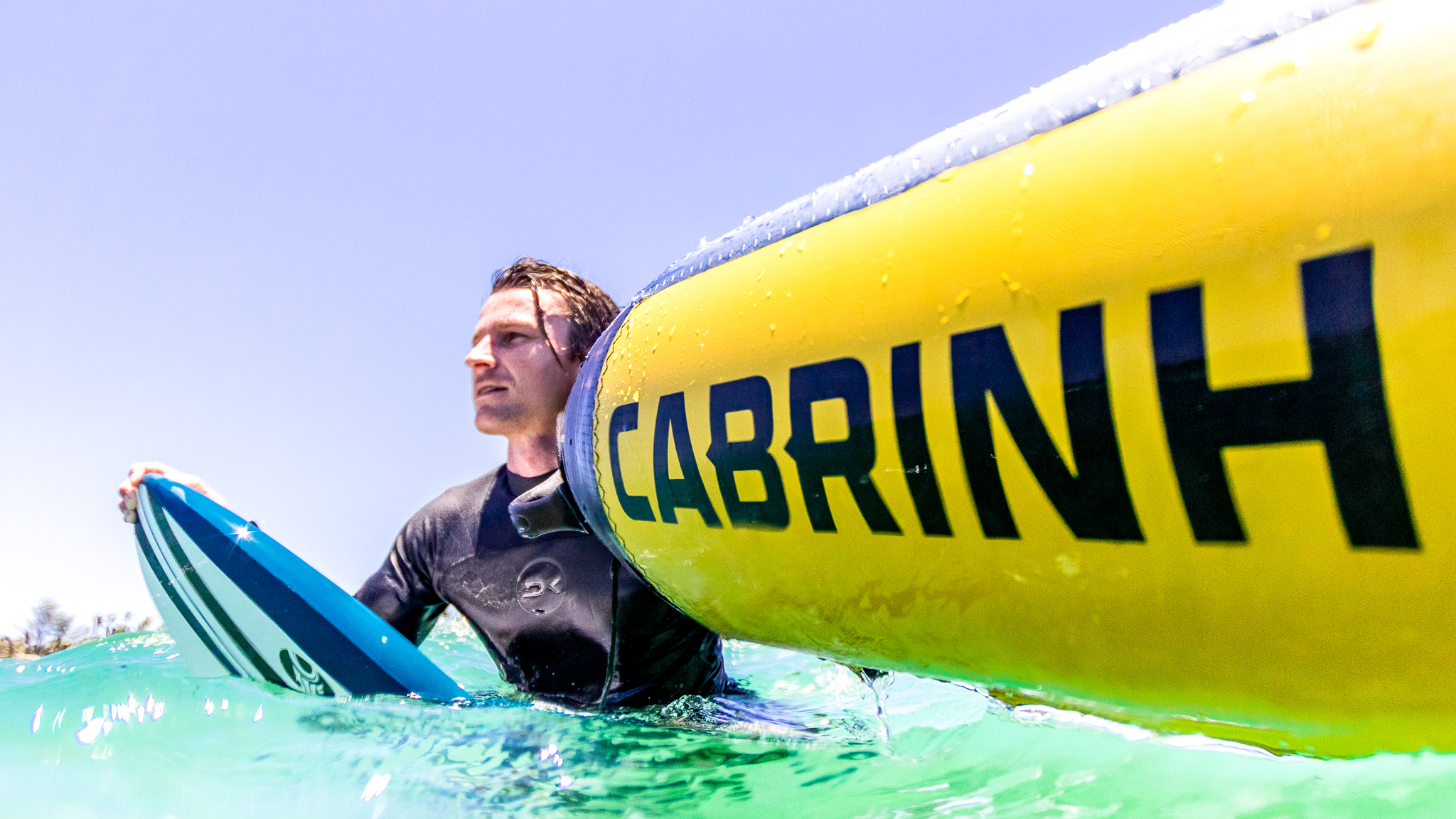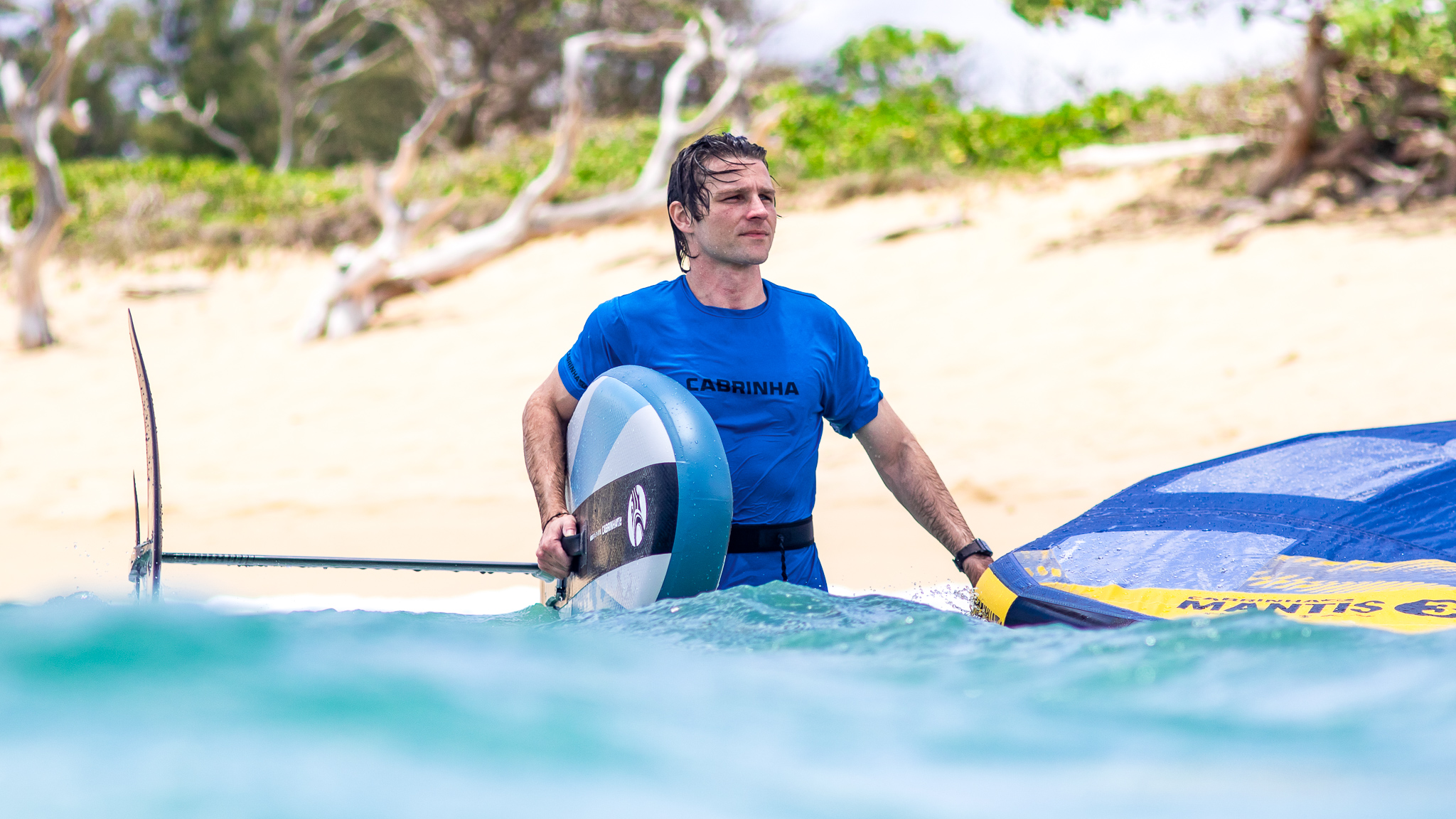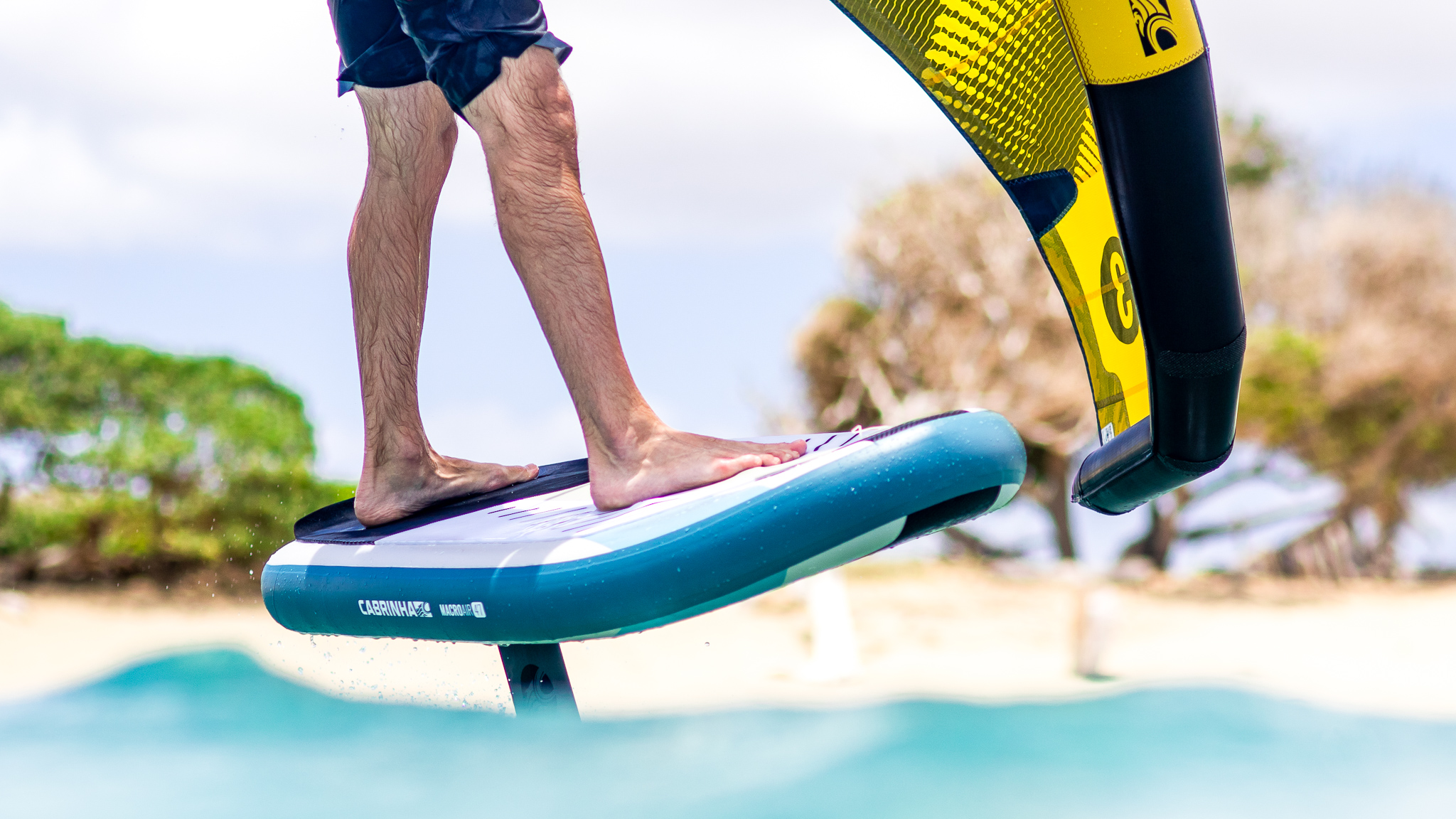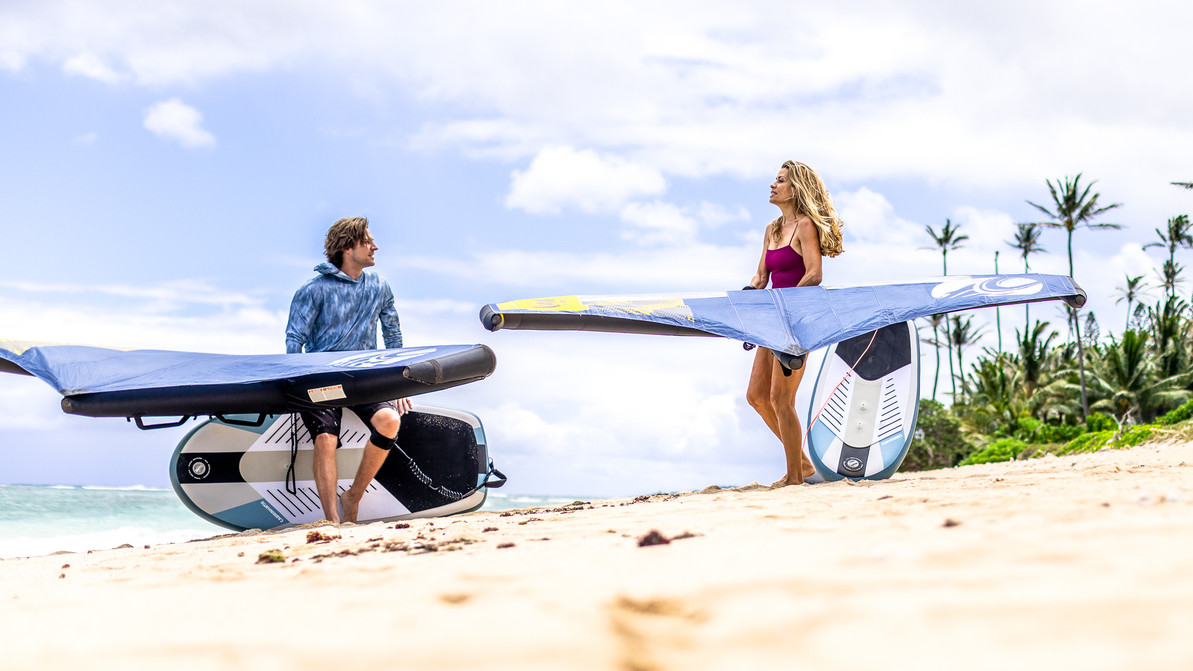Enjoy Your Wing Foil Progression by Keeping Your Ego in Check

The Intermediate Wing Foiler's Syndrome
All extreme sports have a risk of this stage, and accidents are almost always a result of human error, not equipment failure. In snow skiing and snowboarding, it would be skipping ahead to the terrain park after just mastering the bunny hill.
Recently I’ve talked with several advanced and expert-level kiteboarders who learned to wing foil this summer. Naturally, they progressed faster than the average beginner since wings are basically kites without the lines.
They’ve made it through all the beginner stages, and are learning new moves in every session. But now they’ve skipped from newly intermediate on flat water, to wing foiling on shoulder to head-high breaking waves. And they’re riding without their vests and helmets.
It’s fine to start riding small rolling swells in deep water where they never pitch and crash. Even shoulder-high rollers with white caps in deep water, but not waves breaking from the water getting shallow.

The Challenges of Wing Foiling in Waves
Foiling head-high breakers is expert-level riding. Waves rolling in deep water have a consistent rolling pattern of water molecules passing over your hydrofoil. Just because you can ride a surfboard, windsurf or kitesurf on the wave's surface does not translate into being able to fly your hydrofoil through the rolling water molecules inside of a breaking wave.
Even on top of the water with traditional surfboards, you experience a different current direction in the trough from when dropping down from the peak. If you don’t understand what is happening underwater, you are running an obstacle course in the dark.
The rolling pattern is counterintuitive even for uniform, non-breaking rollers, but at least they are consistent, allowing you to learn, and far less risky to crash on. The rolling pattern is much more complex when the wave enters shallow water.

Why do Waves Break When Approaching the Shore?
In addition to the force described above, there is also a reversal of the rotation around the vertical axis column of water. During the crest of a wave, the rotation is clockwise, but when riding through the trough, it is counterclockwise.
To make it even more complicated, the rotation also changes between the vertical axis and the horizontal.

Wing Foiling Through Currents and Turbulence
All of this means that the water “currents” you’re flying through are constantly changing directions (up/down, forward/backward, left/right) depending on your position on a wave, how deep your foil is, and the depth of the water. Like moving moguls on a steep ski hill in the dark.
If you’ve ever been on an airplane during considerable turbulence, you know that those pilots are working hard to maintain control, and that without a seatbelt, you might bounce off the ceiling.
You have a leash to your foilboard and a leash to your wing. If you get rolled with those, your body will make contact with the foil board, and one or both leashes may wrap around your body so you can drown.
Even if you don’t get injured and your foil doesn’t pop or rip your wing, and your leashes are miraculously not wrapped around you, tangled with each other and around your mast, you will likely be in the impact zone with another set of waves about to hit you.
But if you ride non-breaking rollers, the water molecules roll consistently, and you will progress rapidly with much less risk.
And when you fall, you won’t get rolled up in your gear, and when you climb back on your board to start riding again, you will only be in rollers.
If you are at a launch where you have to get through breaking waves to get out to the rollers, then once you’re outside, stay far outside the break. And when you’re riding back in, don’t try to S-turn down the line of the best wave. Look for the smallest roller, jibe onto that and ride to the beach out in front of it.
If you play it safe, the day will come when you’re ready to ride breaking waves.

Protect Yourself With a Helmet and Vest
In the meantime, while you’re perfecting your toeside and heelside, goofy and regular, and are hitting all your tacks/jibes, and riding deepwater rollers, remember to wear your helmet and vest.
There is a tendency for intermediate riders to hang up their helmets and impact vests because they are viewed as being for beginners. There is a tendency to ignore the safety rules learned in beginner lessons.
In part, this has been reinforced by 20 years of watching many advanced kiteboarders who don’t wear helmets and vests, doing big jumps close to shore.
If you’re truly not concerned about your safety, please consider that your family or friends are. Every time you’re out there having fun flying around, they’re wondering if you’re going to make it back alive this time. Wearing a vest and helmet shows respect to your loved ones.

Recent Posts
-
Kiteboarding Tricks | How To Do A Backroll Hat Drag
You can use a little creativity to switch up even the more basic tricks and add a little f …26th Jul 2024 -
KT Ginxu Step-Bottom and Foil Drive Systems | A Perfect Match?
The step-bottom feature of the KT Ginxu foilboards is a big help in releasing the surface te …24th Jul 2024 -
Starboard Ace Air Inflatable Wing Foilboard Review
It's Wing Wednesday, and today Tucker's got an inflatable foilboard, the 2024 Starboard Ace …23rd Jul 2024




